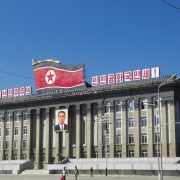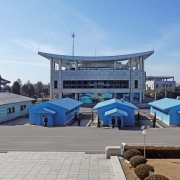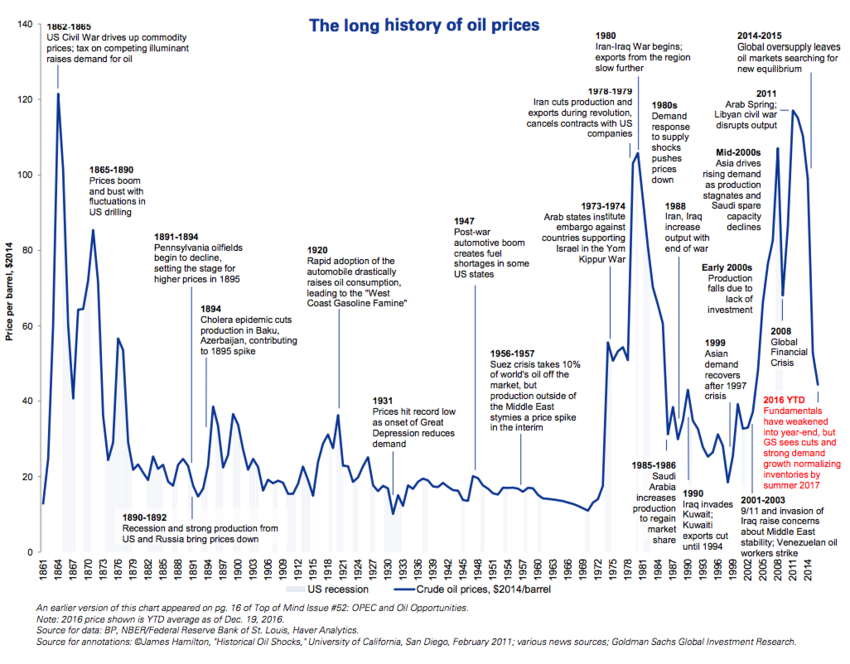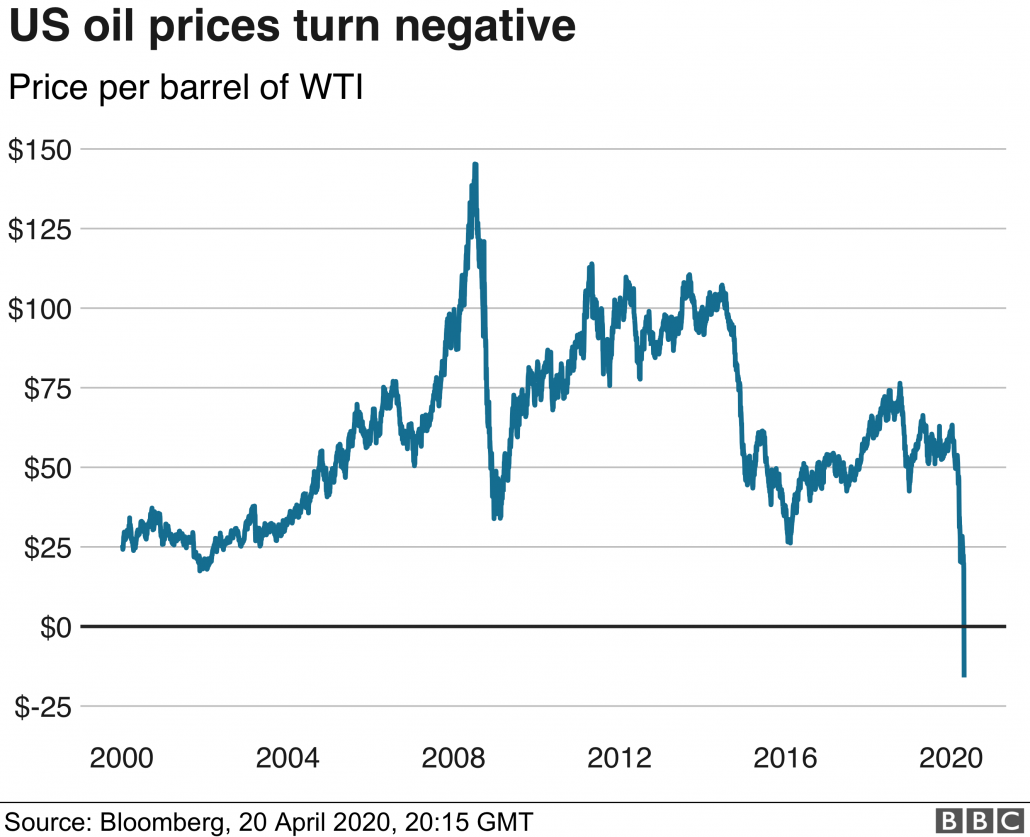Why was North Korea involved in the Korean War?
Topic of Study [For H2 and H1 History Students]:
Paper 1: Understanding the Cold War (1945-1991)
Section A: Source-based Case Study
Theme I Chapter 2: A World Divided by the Cold War – Manifestations of the global Cold War: The Korean War (1950)
Prelude to the War
Before the North Korean forces crossed the 38th parallel and invaded South Korea, the North Korean leader Kim Il Sung made several visits to meet Stalin in person. Kim bore the political ambition to reunify the Korean peninsula under Communism. In March 1949, Kim made his way to Moscow and discussed with the Soviet leader the prospect of an invasion.
Stalin: Are they penetrating into the South Korean army? Do they have their own people there?
Pak Heon-yeong: They are penetrating, but so far they are not revealing themselves there.
Stalin: This is correct. It is not necessary to reveal themselves now. The southerners also, apparently, are sending their people into the army of the north. They need [to exercise] caution.
An excerpt from Kim Il Sung’s conversation with Stalin during his Moscow visit on 5 March 1949. Pak Heon-yeong was the Minister of Foreign Affairs in North Korea from 1948 to 1953.
Evidently, Stalin was cautious not to cause alarm and alert the USA. As such, he rejected Kim’s request to start an invasion. In May 1949, Kim then visited the Chinese leader Mao Zedong in Beijing. He hoped that China would provide military support to advance his reunification efforts.
In May 1949, Kim Il-sung sent Kim Il, Head of the General Political Department of the Korean People’s Army to visit Beijing. The main purpose of Kim Il’s visit was to ask China to transfer the several divisions made up by soldiers of Korean nationality to North Korea…
In their meeting, Mao Zedong said: “Kim Il-sung should make all necessary preparations at all times for a guerrilla warfare or a protracted warfare.” Mao predicted that Japan might help South Korea in the war and he expressed that “China can send its troops to help North Korea if necessary.” However, Mao Zedong did not agree to Kim Il-sung’s plan for an immediate reunification of Korea by force.
An excerpt from “China and the United States: A New Cold War History” by Xiaobing Li and Hongshan Li.
From these two interactions, it can be observed that Mao Zedong shared similar sentiments as Stalin, in which North Korea should attack only in retaliation to aggression by South Korea. The Chinese leader was concerned with increased American intervention as he was also preoccupied with the ongoing Chinese Civil War.
Final preparations
In April 1950, Kim Il-Sung met with Stalin in Moscow again. Kim sought to reassure the Soviet leader that his proposed invasion would result in a swift and decisive victory, such that the USA would not be able to step in. This time, Stalin finally approved Kim’s request but with the condition that both China and North Korea must achieve a consensus in the invasion.
In a conversation with the Korean comrades, Filippov [Stalin] and his friends expressed the opinion, that, in light of the changed international situation, they agree with the proposal of the Koreans to move toward reunification. In this regard, a qualification was made that the question should be decided finally by the Chinese and Korean comrades together, and, in case of disagreement by the Chinese comrades, the decision on the question should be postponed until a new discussion.
An excerpt from Stalin’s reply for Mao Zedong on 14 May 1950.
This “changed international situation” could be better understood by Stalin’s consideration of a speech by the US Secretary of State Dean Acheson, which was commonly referred to as the “Perimeter Speech” that outlined US foreign policy in Asia. Stalin was certain that the speech’s exclusion of Korea would give Kim Il-sung ample time to complete his reunification efforts.
This defensive perimeter runs along the Aleutians to Japan and then goes to the Ryukyus. We hold important defense positions in the Ryukyu Islands, and those we will continue to hold. In the interest of the population of the Ryukyu Islands, we will at an appropriate time offer to hold these islands under trusteeship of the United Nations. But they are essential parts of the defensive perimeter of the Pacific, and they must and will be held.
… Should such an attack occur, one hesitates to say where such an armed attack could come from, the initial reliance must be on the people attacked to resist it and then upon the commitments of the entire civilized world under the Charter of the United Nations…
An excerpt from Dean Acheson’s speech to the National Press Club on 12 January 1950.
Following Stalin’s arrangements with North Korea and China, the North Korean invasion began on 25 June 1950, thus signalling the start of the conflict.
What can we learn from this article?
Consider the following question:
– Assess the view that ideological motivations shaped the involvement of Soviet Union in the Korean War.
Join our JC History Tuition and learn more about the Korean War. The H2 and H1 History Tuition feature online discussion and writing practices to enhance your knowledge application skills. Get useful study notes and clarify your doubts on the subject with the tutor. You can also follow our Telegram Channel to get useful updates.
We have other JC tuition classes, such as JC Math Tuition and JC Chemistry Tuition. For Secondary Tuition, we provide Secondary English Tuition, Secondary Math tuition, Secondary Chemistry Tuition, Social Studies Tuition, Geography, History Tuition and Secondary Economics Tuition. For Primary Tuition, we have Primary English, Math and Science Tuition. Call 9658 5789 to find out more.













